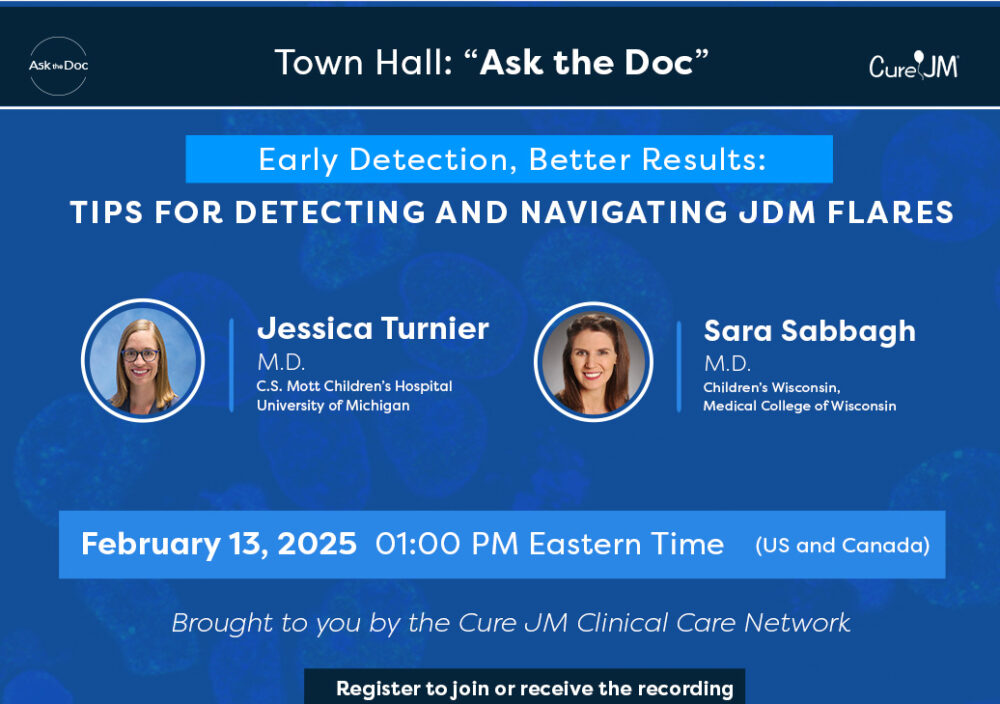Research Grants: New Grantees and Exciting Updates From Existing Grant Recipients
This year saw a very strong field of grant applications across a variety of JDM research projects. Again, we saw applications spanning the globe, recognition of the Cure JM Foundation’s preeminence in JM research, and global reach. There is a robust process to rank and award grants, utilizing best practice scientific peer review and their connection to Cure JM’s mission.
This year’s successful grantees span the development of new drugs and a new class of drugs for JM. Other grantees included investigating genetic/genomic signals and their correlation to a predisposition to JM and new screening strategies to determine which drugs have efficacy in JM. Each successful grantee for 2023 has provided a lay scientific summary and discussed their journey in JM research and the impact a Cure JM grant will have on their research programs.
Cure JM Grant Recipient: Dr. Younghun Han, Baylor College of Medicine
This grant allows Dr. Han’s team to apply knowledge of rare disease genome-wide association findings to JDM with the goal of better understanding JDM and its risk factors. The project aims to discover drugs that are most effective in treating juvenile myositis.
Cure JM Grant Recipient: Duke Children’s Hospital
The Duke research team is creating a 3D model to test muscle changes similar to those caused by JDM when exposed to conditions that are thought to contribute to muscle damage. This project tests additional systems presumed to contribute to JDM to test new or repurposed drugs that best treat myositis.
Cure JM Grant Recipient: NATA UK
The NATA UK project aims to better understand the protein “interferon’s” relationship in controlling and managing signals influencing muscle inflammation in JDM patients.
Cure JM Grant Recipient: Nationwide Children’s Hospital (Ohio)
This project studies the genetic diversity of immune response genes in determining the risk, progression, and complications of JDM. Ultimately, the project strives to provide new markers to predict disease status to best guide and manage treatment.




